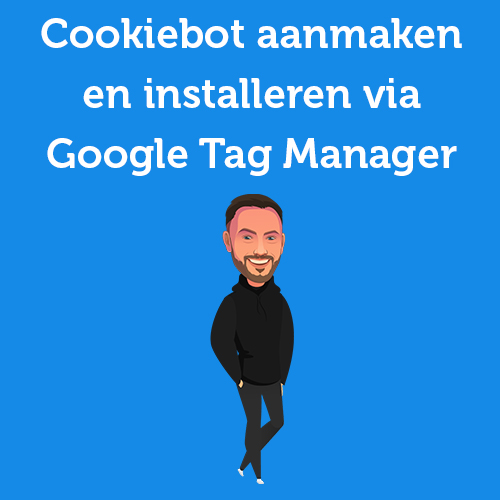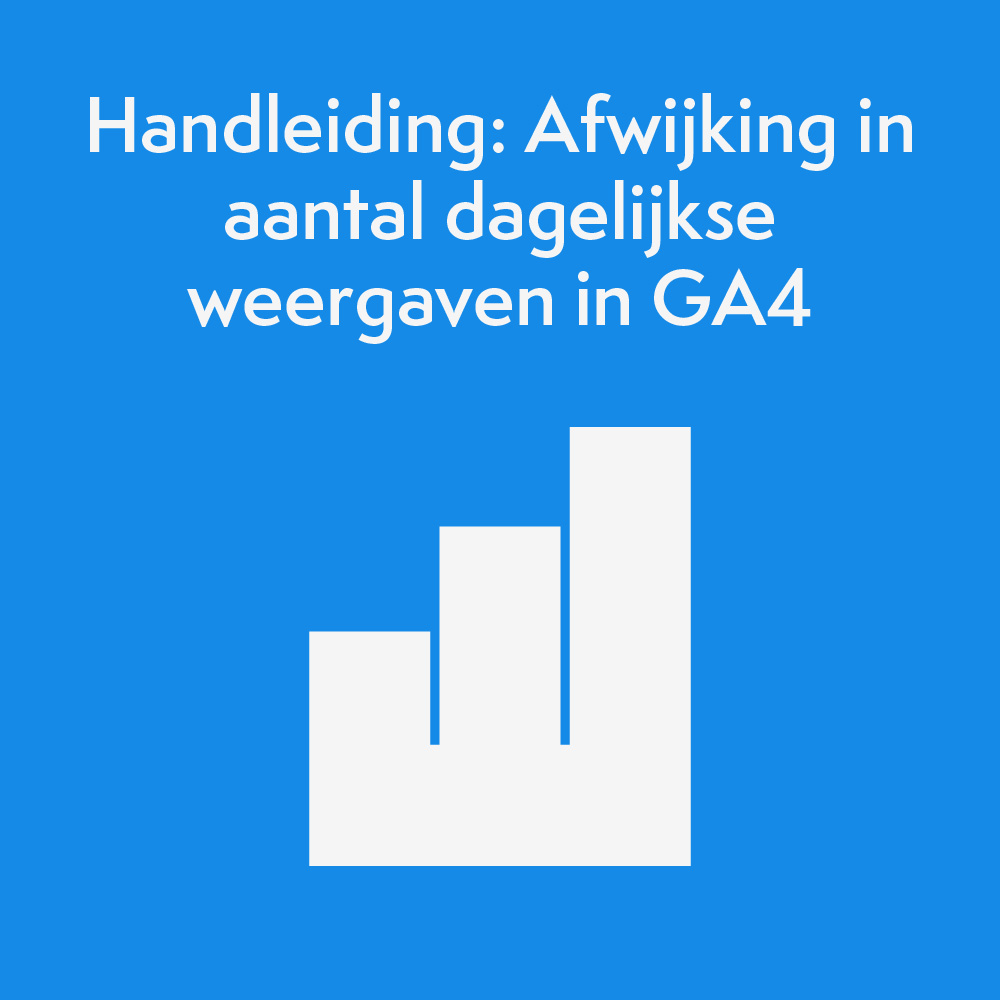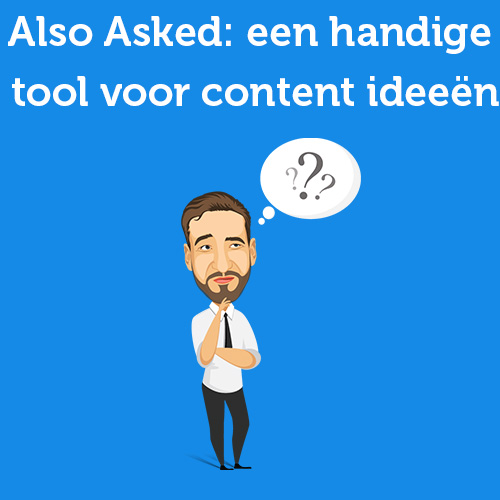Menu
Table of contents
Google believes it is important for people to be able to find charities they want to support. Google Ad Grants was created for that purpose. So how exactly does Google help you? By giving you a charity or nonprofit organization $10,000 monthly ad budget for Google Ads. And all for free and for nothing!
So this way you can set up ads within Google's search network, increasing your organization's visibility.
When is my organization eligible for Google Grants?
To qualify for Google Ad Grants in the Netherlands, an organization must meet the following requirements:
- The organization is a registered nonprofit based in the Netherlands.
- The organization is affiliated with TechSoup Netherlands.
- The organization has a website that meets Google's policy requirements.
- You agree to Goolge's terms and conditions for nonprofit organizations.
The following organizations are not eligible for Google Ad Grants:
- Government agencies or organizations.
- Hospitals or health care organizations.
- Schools, academic institutions or universities. For these, Google has a separate program called Google For Education.
How do I apply for Google Ad Grants?
If you meet the qualifications listed above, you can apply for Google Grants by going to Google Ad Grants and filling out the corresponding form. To do so, you must already be affiliated with TechSoup Netherlands.
Note! Make sure you do this all with the same e-mail address. Otherwise, you will have to go through the process all over again.
Once you submit your application, Google will determine if your organization qualifies for the Google Ad Grants program.
If your organization qualifies, Google will offer you an Ads account and $10,000 in ad credit per month.
Game rules of Google Ad Grants
In case you're now thinking, "Great, then I'm just going to rush through $10,000 in Google Ads," you're wrong. Of course, Google has set up a number of rules to prevent abuse and ensure quality. The following rules therefore apply to Google Ad Grants:
- The keywords you advertise on should be in line with your organization and should have a quality score of at least 3/10.
- Monthly, you must achieve at least a 5% click-through rate. If you do not achieve this two months in a row, your Google Ad Grants account will be put on hold.
- You may spend a maximum of $329 per day ($10,000 per month).
- The maximum CPC(cost per click) is $2.
- You can only advertise in Google's search network.
- Each campaign should consist of at least two ad groups.
- It is not possible to apply remarketing.
Keep a close eye on whether you continue to comply with the above Google rules. If you do not or no longer comply with these rules, Google may suspend your Google Ad Grants account. Of course, after making the necessary adjustments, you can request to reactivate your Google Ad Grants account.
Tip: You can easily find a Google Ad Grants script online for monitoring the above rules.
If you need help signing up and/or managing your Google Ad Grants account, feel free to contact us.
This article was written on Aug. 26, 2022 and updated on Aug. 21, 2023.
What are the benefits of Google Grants?
A nonprofit can take advantage of a significant number of opportunities through the Google Ad Grants program. For example, a generous click budget of $10,000.00 per month.
What are the disadvantages of Google Grants?
There are also drawbacks to the Google Ad Grants program, namely:
- A click can cost up to two dollars.
- It is difficult to compete on expensive searches.
- A minimum CTR or 5% per month is mandatory.
- Google Grants only allows advertising through text ads.
- Advertising within the display network or in Google Shopping is not among the options.












2 Responses to "What is Google Ad Grants?"
We have been using Google Ad Grants for Foundation Kumbatio for about a year now, but it works much less well than regular Google Ads. We probably have too little understanding of it... Now I see your Google Ad Grants Script which might help. Does it matter where I paste it in the CSS/html editor?
Hi Yvette,
You can add the script by going to tools & settings -> Bulk Actions -> Scripts in Google Ads at the top of the menu. There you can add the script.